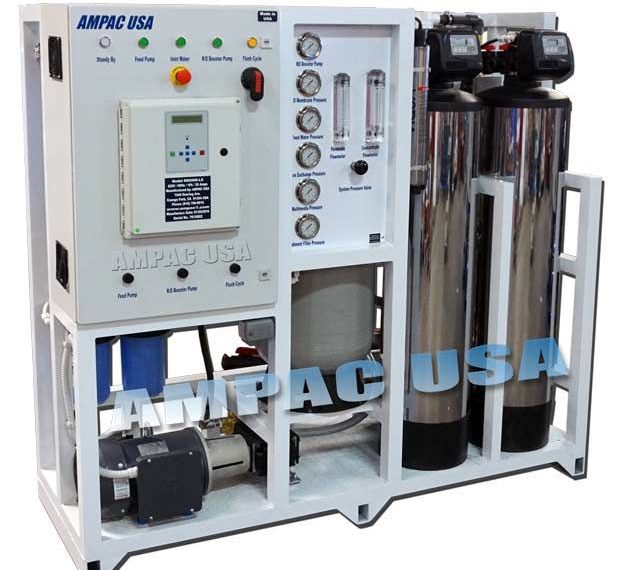Last updated on March 29th, 2025 at 01:59 pm
The rate at which fresh water is being consumed since quite some time has led to depletion of natural reservoirs of water all over the world. This has become a serious matter of concern for people across the globe. The situation has been worsening in the tropical as well as offshore areas. The level of water in the tropical and offshore areas has become very severe and there is acute water shortage in these areas.
In such a situation, people are trying their best to reduce waste water to extreme levels. Despite the efforts, the depleting levels of water cannot be controlled because the consumption cannot be put to a halt altogether, owing to the fact that water is a necessity. In such a complex scenario, seawater desalination has emerged as the most convenient and practical solution to this problem.
Seawater desalination implies purification of seawater to convert it into pure drinking water. This helps to a large extent in solving the problem of depleting levels of water and at the same time keep the supply of water intact for general use and specifically for drinking purposes.
The process of purification of seawater or in more specific term, seawater desalination uses the principle of reverse osmosis process. The seawater desalinationreverse osmosis plant consist of a series of treatment stages. The first step in the process is pre-treatment. Pre-treatment ensures removal of solid impurities and secure long life of the reverse osmosis plant. After that the process of water purification via high pressure pumps and membranes elements to remove salts and chloride. Finally comes the post-treatment. Post- treatment is also referred to as polishing steps that are required to condition the purified water in the reverse osmosis process. This three step process ensures that water from oceans and seas is purified and safe for drinking.










